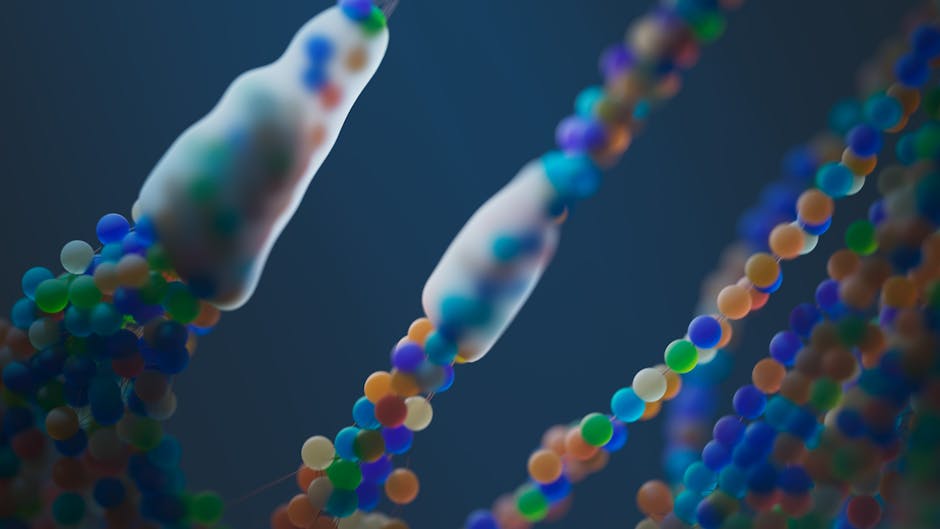-
Alzheimer’s Progression Link: Recent research from UT Health San Antonio suggests that the activation of “jumping genes” (transposons) may play a significant role in the progression of Alzheimer’s disease.
-
What are Jumping Genes? Also known as transposons, these are mobile genetic elements that can move within the genome. They make up almost 50% of the human genome. Most are inactive, but some can “jump,” leading to genomic instability.
-
LINE-1 Retrotransposons: A common type, these replicate through RNA and use reverse transcriptase to integrate into DNA. Their activity is normally controlled, but these controls can weaken in aging or diseased brains.
-
Mechanism of Damage: When activated, transposons can insert into essential genes, disrupting DNA and causing cellular damage,
particularly in vulnerable neurons. -
Fruit Fly Experiments: Blocking transposon activity in fruit flies mimicking Alzheimer’s symptoms using an HIV drug (3TC) improved neural function. 3TC is a reverse transcriptase inhibitor, preventing retrotransposon copying.
-
Human Clinical Trial: While 3TC didn’t directly improve memory in human patients, it reduced neurofilament light (NfL), a marker of neurodegeneration, suggesting neuronal protection.
-
New Alzheimer’s Hypothesis: Alzheimer’s may be caused by genomic instability from jumping genes, not just protein aggregation (amyloid or tau).
-
Barbara McClintock Discovery: Jumping genes were discovered by Barbara McClintock, who won the Nobel Prize in 1983 for her work.
-
Impact on Evolution: Jumping genes contribute to genetic diversity, genome reorganization, and can sometimes trigger diseases by disrupting normal gene function.
